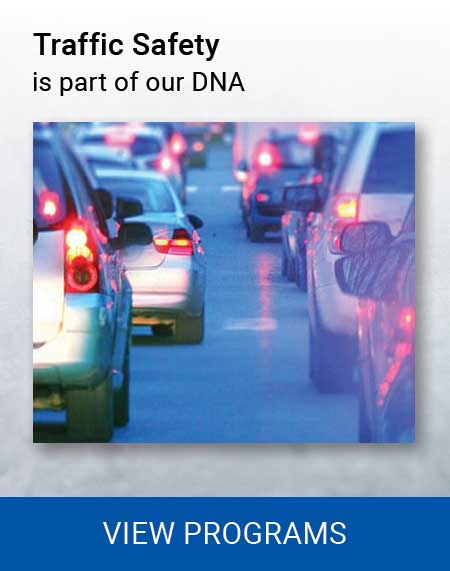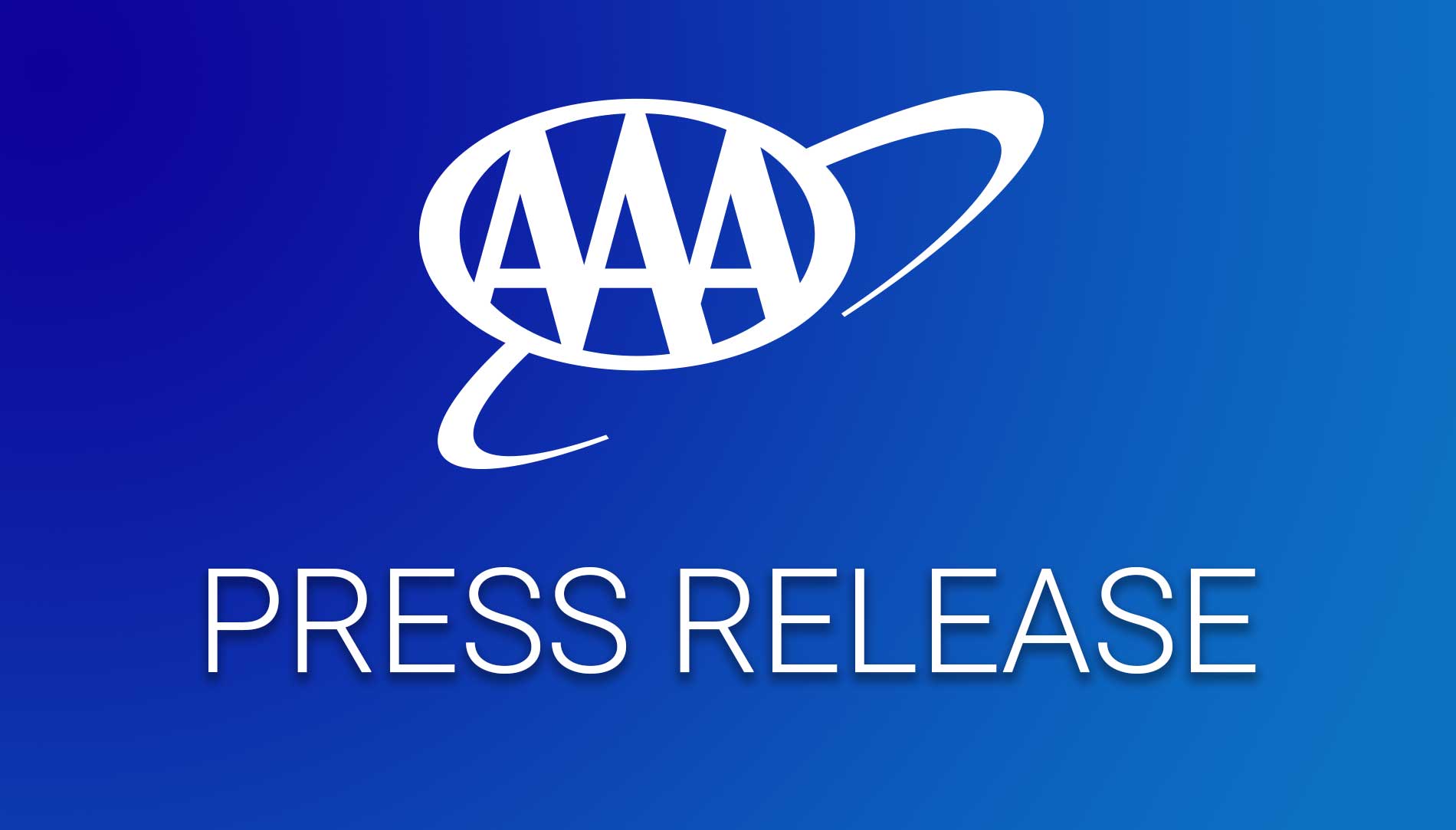AAA and NTSB Warn of Climbing Rate of Fatal Wrong-Way Crashes
BELLEVUE, Wash. — Fatal wrong-way driving crashes on our nation’s highways are a persistent and devastating threat that is only getting worse. According to the latest data analysis from the AAA Foundation for Traffic Safety, there were 2,008 deaths from wrong-way driving crashes on divided highways between 2015 and 2018; 34 in Washington, 12 in Idaho. The average rate of approximately 500 deaths a year is up 34% from the 375 deaths annually seen 2010 to 2014. Researchers found that the odds of being a wrong-way driver increased with alcohol-impairment, older age, and driving without a passenger.
“Wrong-way crashes on divided highways are often fatal as they are typically head-on collisions,” said Dr. David Yang, executive director of the AAA Foundation for Traffic Safety. “And unfortunately, as the data shows, fatalities from these crashes are on the rise.”
AAA works with the National Transportation Safety Board (NTSB) and other traffic safety organizations to educate drivers on the deadly impact of wrong-way driving. In light of these latest research findings, AAA and the NTSB are urging state transportation agencies to adopt driver-based countermeasures that address these factors, such as alcohol ignition interlocks, strengthened deterrence strategies like sobriety checkpoints, driver refresher courses for older adults and the installation of more-visible signs and signals.
Alcohol-impairment, older age, driving without a passenger increase risks of wrong-way crashes
Researchers examined eight factors related to these types of crashes, and three stood out – alcohol-impairment, older age, and driving alone. Six in ten wrong-way crashes involved an alcohol-impaired driver. Those with blood alcohol concentrations over the legal limit of 0.08 g/dl* were significantly more likely to be wrong-way drivers than non-alcohol-impaired drivers involved in the same crashes.
| Blood Alcohol Concentration (g/dl)* | No. of Wrong-Way Drivers (%) |
| BAC < 0.01 | 1053 (36.0%) |
| BAC 0.01 – 0.49 | 62 (2.1%) |
| BAC 0.05 – 0.79 | 52 (1.8%) |
| BAC ≥ 0.08 | 1757 (60.1%) |
*grams per deciLiter
“Alcohol impairment is, by far, the single most significant factor in the majority of wrong-way driving crashes, which unfortunately has not changed since the NTSB issued its Wrong-Way Driving special investigation report in 2012,” said NTSB Director of the Office of Highway Safety, Dr. Rob Molloy. “The important work done by AAA shows that we need to redouble our efforts to address this safety hazard. We know that interventions like ignition interlock devices for all offenders and high-visibility enforcement operations will reduce these types of devastating crashes.”
An alcohol ignition interlock device prevents a vehicle from starting until the driver provides a breath sample that registers below a pre-set low limit, usually around a BAC of .02. It is the best countermeasure we have to separate drinking from driving.
The data also shows that drivers over age 70 are more at risk of wrong-way driving than their younger counterparts. Previous Foundation research from the AAA Longitudinal Research on Aging Drivers (LongROAD) project found that older drivers aged 75-79 spent less time on the road and drove fewer miles per trip than younger age groups. And yet, this same age group is over-represented in wrong-way crashes.
A passenger’s presence may offer some protection against being a wrong-way driver, as nearly 87% of wrong-way drivers were alone. Passengers may alert drivers that they are entering a one-way road, preventing them from entering the highway in the wrong direction, or alerting them to their error, helping the driver take corrective action before a crash occurs.
How to Make a U-Turn on the Rising Wrong-Way Crashes Trend
In addition to alcohol ignition interlock devices and high-visibility enforcement, AAA and the NTSB want state policymakers to consider widely used effective infrastructure countermeasures, such as installing more-visible traffic signs and signals that follow national standards and at proper locations.
To deal with the over-representation of older drivers in wrong-way collisions, AAA and the NTSB want states to change their laws to help identify medically at-risk drivers, both physically and cognitively, to keep everyone safely driving as long as possible.
AAA and the NTSB remind drivers to use common sense before getting behind the wheel.
- If you are driving, don’t drink or use drugs. If you plan to drink or use drugs, don’t drive.
- Stay alert. Drivers who are very tired behave in ways similar to those who are impaired.
Methodology:
AAA Foundation researchers examined the number of fatal wrong-way crashes and the number of people killed using data from NHTSA’s Fatality Analysis Reporting System (FARS). Characteristics of wrong-way drivers were compared with “right-way” drivers in the same crash to identify factors associated with increased odds of being a wrong-way driver in these types of crashes.
About the NTSB
The National Transportation Safety Board is an independent federal agency charged with determining the probable cause of transportation accidents, promoting transportation safety, and assisting victims of transportation accidents and their families.
NTSB Media Contact:
Peter Knudson
202-314-6219
peter.knudson@ntsb.gov






